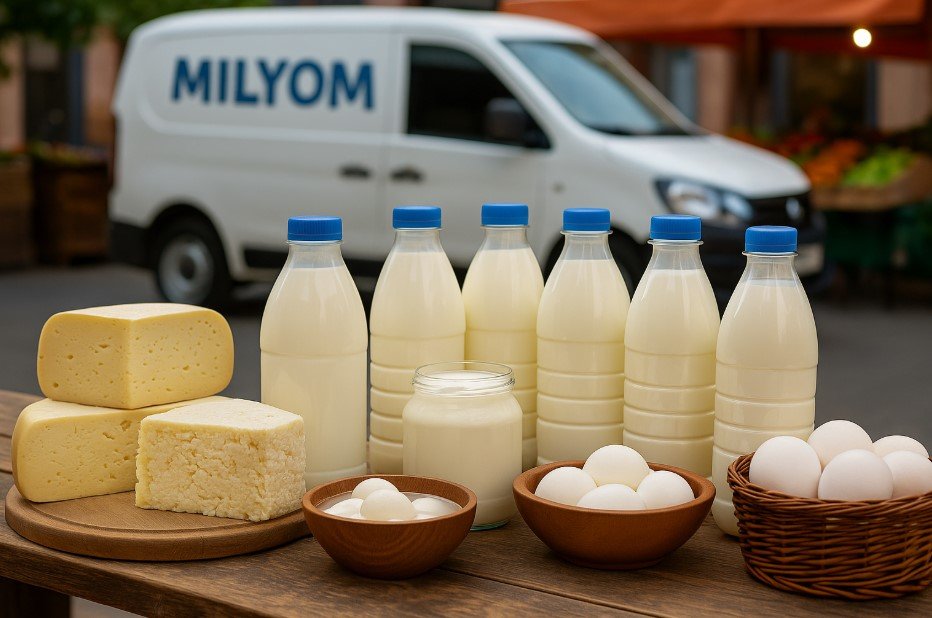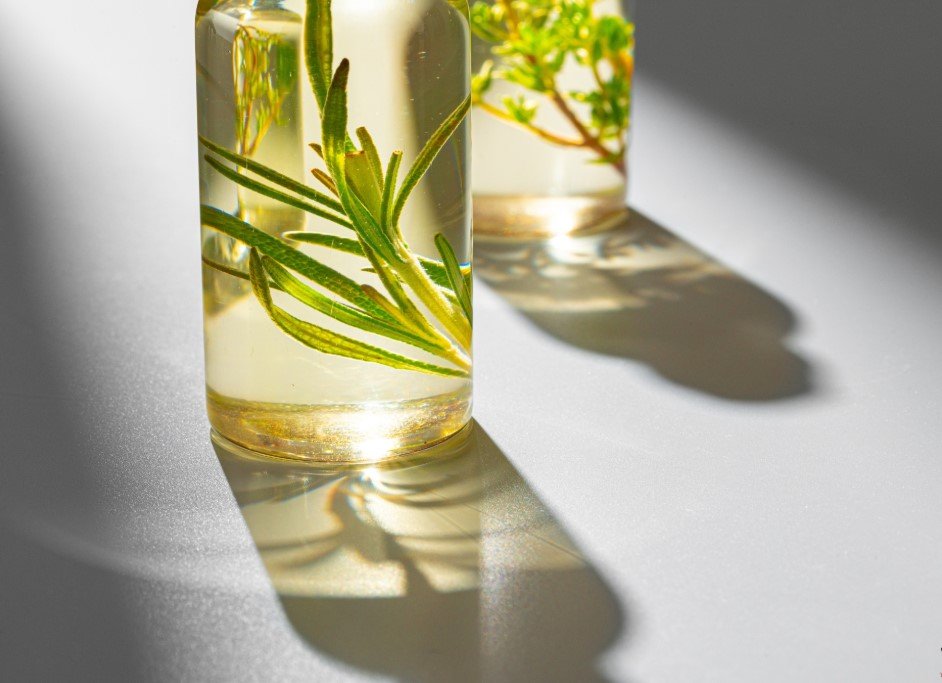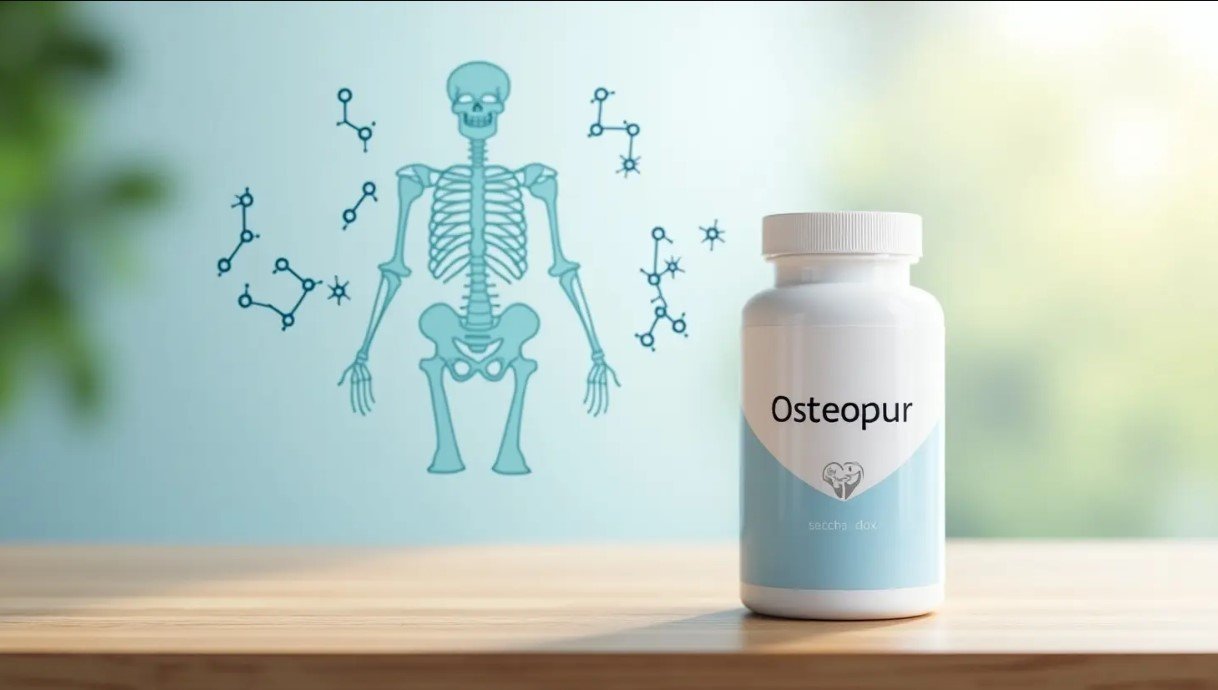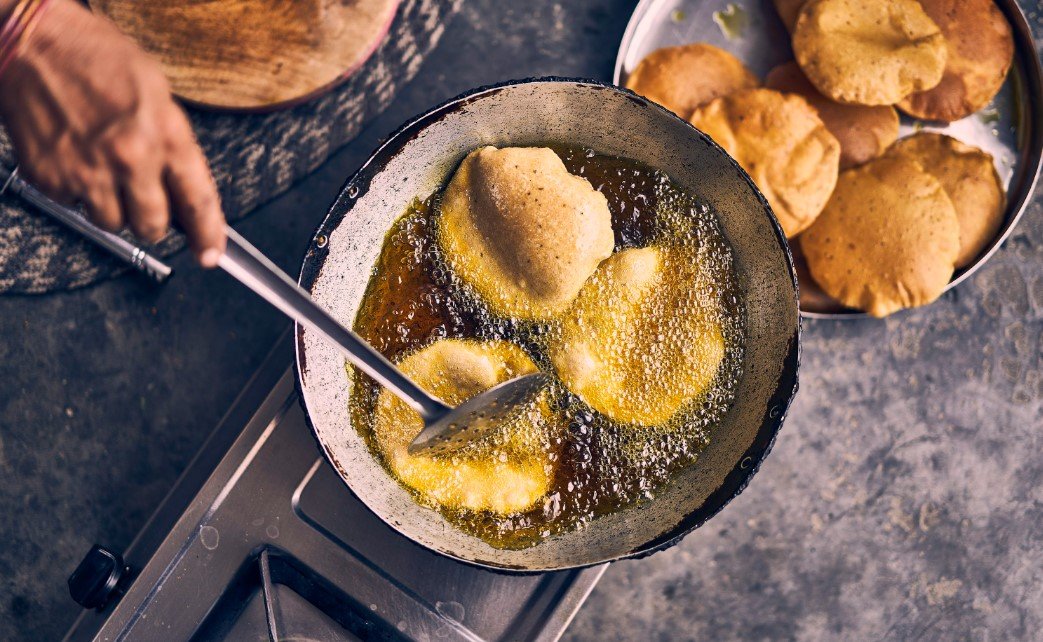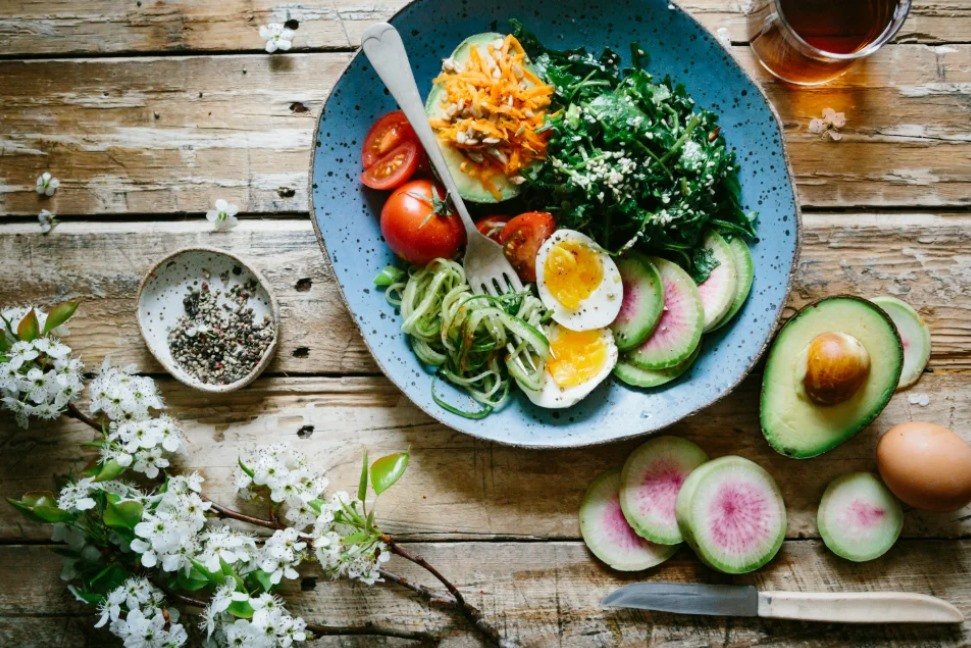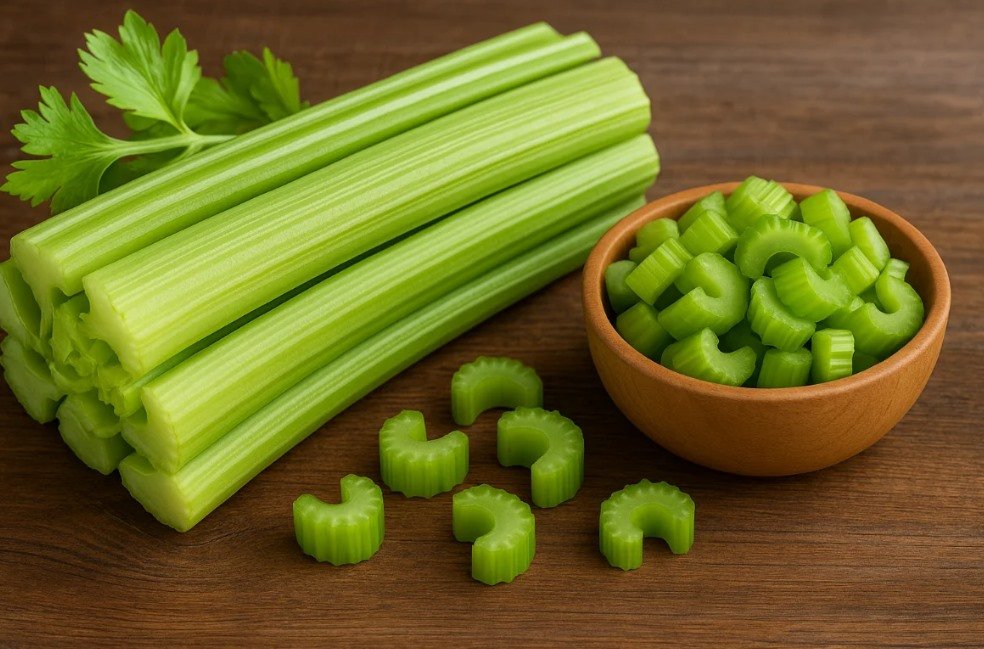
Pravi celer, known as real celery, is a common vegetable used in many kitchens around the world. It is valued for its crisp texture, fresh taste, and wide range of uses. Many people include pravi celer in salads, soups, and stews, while others use it for its nutritional benefits. Understanding its uses, nutritional value, and proper storage methods helps you get the most from this healthy vegetable.
What is Pravi Celer
Pravi celer is a green vegetable that belongs to the Apiaceae family, the same family as carrots and parsley. It has long, firm stalks with leafy tops. The stalks are crunchy and have a mild, slightly peppery taste. Both the stalks and leaves are edible. In some regions, the term pravi celer also refers to celery root, known as celeriac, which is grown for its round root. However, pravi celer usually means the stalk variety commonly found in grocery stores.
Celery has been cultivated for thousands of years. It was originally grown as a medicinal plant in ancient Mediterranean countries and later became popular as a food. Today, pravi celer is used in many cuisines, especially in Europe, North America, and parts of Asia.
Common Uses of Pravi Celer
Pravi celer is a versatile ingredient. One of the most common uses is eating it raw. It can be cut into sticks and served as a snack or dipped in sauces and spreads. The crunchy texture makes it a popular choice in salads. It adds freshness and balances stronger flavours from other vegetables or meats.
It is also used as a base ingredient in soups, stews, and sauces. When cooked, pravi celer softens and adds a mild, aromatic flavour. It is often combined with onions and carrots as part of a flavour base called mirepoix in European cooking. This mixture is used in broths, sauces, and slow-cooked dishes.
The leaves of Praviceler are also edible and can be chopped and used as a herb-like garnish. They add a mild celery flavour to dishes. Some people dry the leaves and use them as seasoning. Celery seeds, which come from the same plant, are ground into spice or used whole to flavour pickles and salad dressings.
Pravi celer can also be blended into juices or smoothies. It is often combined with other fruits and vegetables for a refreshing drink.
Nutritional Value of Pravi Celer
Pravi celer is low in calories but rich in nutrients. One medium stalk has only about 6 calories, which makes it suitable for low-calorie diets. It contains a good amount of water and fibre, which helps with hydration and digestion.
It provides vitamins such as vitamin K, which supports blood clotting and bone health, and vitamin C, which supports the immune system. It also has small amounts of vitamin A, B vitamins, and minerals like potassium, calcium, and magnesium.
Pravi celer is also a source of antioxidants, including flavonoids and phytonutrients. These compounds help protect the body from cell damage. Although it is not very high in protein or fat, its overall nutrient balance makes it a healthy food to include in daily meals.
The sodium content in celery is naturally higher than in many other vegetables, but it is still considered safe for most people when eaten in normal amounts. People on very low-sodium diets may want to monitor how much they eat.
Health Benefits
Eating pravi celer regularly may support several aspects of health. Its fibre content helps promote digestion and may help manage weight by providing fullness with few calories. The high water content helps maintain hydration.
The potassium in celery helps support normal blood pressure, and the antioxidants may help reduce inflammation in the body. Because it is low in calories and carbohydrates, it is often included in weight management diets.
While pravi celer is healthy, it should be part of a balanced diet that includes a variety of foods. Eating it alone will not provide all the nutrients your body needs.
How to Store Pravi Celer
Proper storage helps keep pravi celer fresh for longer. Fresh celery should be firm and crisp with green stalks and fresh leaves. Limp or rubbery stalks are a sign of age.
For short-term storage, keep it in the refrigerator. Wrap the stalks in aluminium foil or place them in a sealed container or plastic bag in the crisper drawer. This helps retain moisture and keeps it crisp for about two weeks. Avoid storing it loose because it can dry out quickly.
You can also cut celery into sticks and store them in water in a container in the fridge. Change the water every two days to keep it fresh. This method is useful if you want ready-to-eat snacks.
For longer storage, pravi celer can be frozen, but it should be blanched first. To do this, cut it into pieces, boil them for about three minutes, and then cool them quickly in ice water. Drain and dry the pieces, then freeze them in airtight bags. Frozen celery is best used in cooked dishes because it becomes soft after thawing.
Celery leaves can also be stored separately. Wrap them in a damp paper towel inside a bag and refrigerate. They usually last for about a week.
How to Prepare Pravi Celer
Before using, wash pravi celer under running water to remove any dirt or pesticides. Trim off the base and any damaged parts. For raw use, cut the stalks into sticks or slices. The strings on the outside of the stalks can be removed with a knife if you want a softer texture.
For cooking, chop it into small pieces so it cooks evenly. Celery can be boiled, steamed, or sautéed depending on the recipe. Because it cooks quickly, it is usually added near the end of cooking to avoid becoming too soft.
Conclusion
Pravi celer is a nutritious and versatile vegetable with many uses in the kitchen. It can be eaten raw, cooked in soups and stews, added to salads, or used in juices. It is low in calories and rich in vitamins, minerals, fibre, and antioxidants, making it a healthy choice. Proper storage in the refrigerator helps keep it fresh for weeks, and it can also be frozen for long-term use. Including pravi celer in your meals can add flavour, texture, and nutrients to your diet simply and conveniently.





